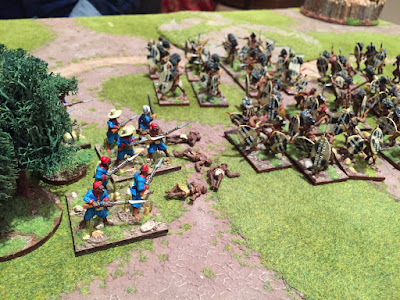
I've moved!
Please follow the link to a newer look Grab Bag of Games.
A request to followers - for some reason moving from Blogger to Wordpress does not transfer the existing followers from one blog to the other. Could I ask that you click the 'follow' tab on the new wordpress platform to enable me to transfer followers from this blog to the updated blog - thank you.
















